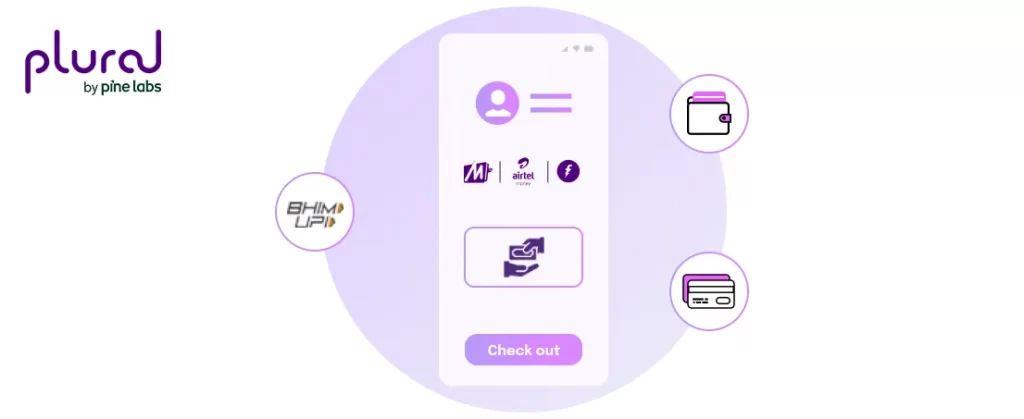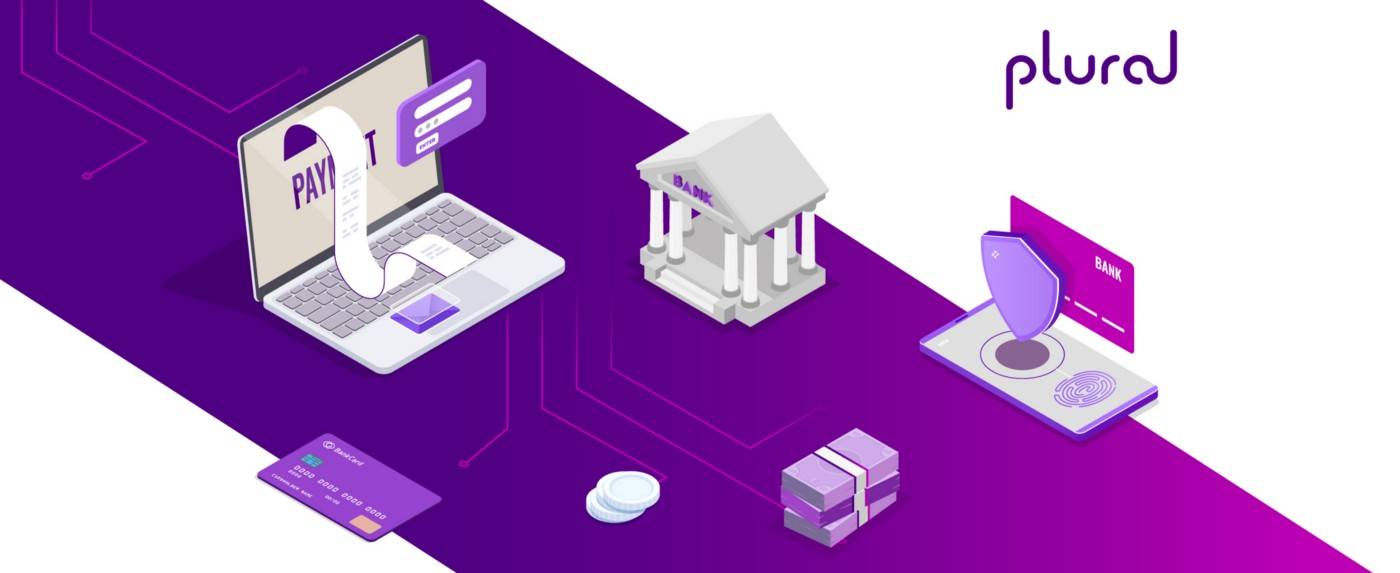Every second matters in the current fast-paced business landscape. Digital wallets have transformed how businesses accept and manage payments, allowing faster, more secure transactions. In fact, digital wallets power 66% of India’s e-commerce market.
From Paytm and PhonePe to Amazon Pay and MobiKwik, each wallet offers unique benefits and features that can streamline your payment process. In this guide, we will explore the different types of digital wallets available in India and compare some of the most popular options.
Whether you run a small business or a large corporation, this guide will help you find the best digital wallet to meet your needs and provide your customers with a seamless payment experience.
Types of digital wallets
Listed below are the four categories of digital wallets used in India and worldwide:
1. Closed wallets
Closed wallets are digital wallets that can be used only for transactions within the company’s ecosystem. They do not allow customers to withdraw or transfer money to other bank accounts. Examples of closed wallets include Ola Money and Amazon Pay.
2. Semi-closed wallets
These digital wallets allow people to transact within a specific network of merchants. Customers can use them to pay for goods and services at a select group of merchants but not for other transactions like cash withdrawals.
Examples of semi-closed wallets are Paytm Wallet and MobiKwik.
3. Open wallets
Open wallets let users make online payments with any merchant, including those who do not have a tie-up with the wallet provider. Customers can use them to pay for goods and services and transfer money to other bank accounts.
Examples of open digital wallets are Google Pay and PhonePe.
4. Hybrid wallets
Such digital wallets offer a mix of features from closed, semi-closed, and open wallets. They allow users to facilitate digital payments within a limited group of merchants, transfer money to other bank accounts and withdraw cash from ATMs.
Examples of hybrid wallets include Payzapp and JioMoney.
Comparison of the top 5 digital wallets in India
Now that we have explored the different types of digital wallets let’s compare the top 5 digital wallets in India based on their features and benefits:
1. Paytm
Paytm was launched in 2010 as a mobile recharge platform and has since expanded to become India’s leading digital wallet. One97 Communications owns it and has over 337 million registered users.
Paytm offers a range of features, including mobile recharges, bill payments, and online shopping. It also offers customers discounts and offers. One of its unique features is the ability to book train tickets and flights through its app.
While the Paytm wallet may be convenient for small, everyday transactions, it may not be suitable for larger purchases or transactions that require additional documentation or verification. Moreover, refunds can take up to 7 days to process.
2. PhonePe
Introduced in 2016 as a UPI-based digital wallet, PhonePe now has over 250 million registered users in India. Formerly owned by Flipkart, PhonePe’s majority stakes are now held by Walmart.
PhonePe offers many features, including mobile recharges, insurance, bill payments, money transfers, and travel bookings (through third-party apps like MakeMyTrip). One of its top features is the ability to split bills and share expenses with friends and family.
PhonePe also offers cashback and discounts for various OTT subscriptions to its users. Some users, however, have reported delayed payments and refunds issued through PhonePe.
3. Google Pay
Google Pay, initially released as Android Pay in 2015, is owned by Google and has amassed over 70 million registered users in India.
Google Pay provides features such as utility bill payments, recharges, and money transfers. One of its most popular features is the user’s ability to earn scratch cards for every transaction.
However, failed transactions continue to be one of the biggest drawbacks of using Google Pay. Another drawback is that only a few banks support Google Pay to facilitate transactions.
4. Amazon Pay
Debuted in 2007 as a payment service for Amazon.com, Amazon Pay has become a prominent digital wallet. According to the latest findings, it has over 50 million registered users in India.
Amazon Pay has all the necessary features of a digital wallet, including mobile recharges, bill payments, and online shopping. What sets it apart from other digital wallets in India is that people can use their Amazon Pay balance to shop on Amazon.in.
But Amazon Pay is not accepted by all merchants or establishments, which could limit its usefulness and require users to carry additional payment methods.
5. MobiKwik
MobiKwik was launched in 2009 as a mobile recharge platform by One Mobikwik Systems Private Limited and has since gathered 108 million registered users. Apart from mobile recharges, bill payments, cashbacks, and discounts, MobiKwik offers its users the ability to invest in mutual funds through its app.
Unfortunately, MobiKwik has faced criticism for poor customer service and response times, which could lead to frustration for users who encounter issues with the app or their account.
Wrapping up
Digital wallets have become indispensable to our lives, especially as India is heading toward a cashless economy. Each type of digital wallet discussed in this article has unique features and benefits.
If you’re looking for a payment gateway to integrate into your business, Plural by Pine Labs offers an excellent, easy-to-use, and secure product. Our online payment gateway allows businesses to accept payments from all major debit and credit cards, net banking, UPI, and digital wallets like Paytm, PhonePe, Google Pay, and more.
With easy-to-use API, you can seamlessly integrate Plural’s payment gateway into your website or mobile app.
So, choose the digital wallet that works best for you, and consider Plural Gateway for your business.
Interested in getting started? Reach us at pgsupport@pinelabs.com.

Amrita Konaiagari is a Marketing Manager at Plural by Pine Labs and Editor of the Plural blog. She has over 10 years of marketing experience across Media & Tech industries and holds a Master’s degree in Communication and Journalism. She has a passion for home décor and is most definitely a dog person.



